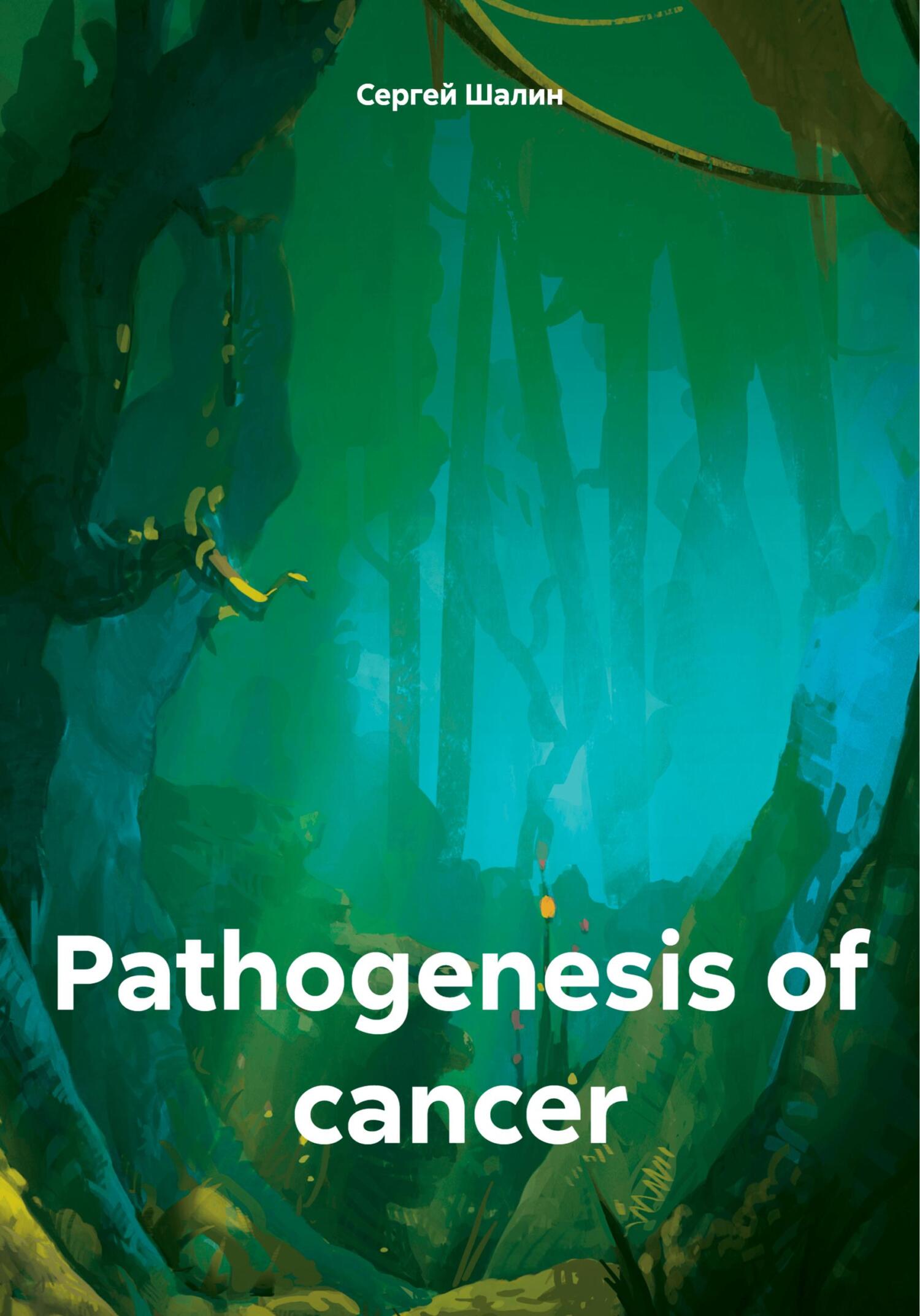the malignant process is presented as an independent system, which is characterized by its own control over the proliferation, differentiation and maturation of malignant cells, their spread and metastasis, as well as the subordination of vital organs and systems of the host body.The prototype of the emergence, growth and development of a malignant process is embryonic hematopoiesis. In this case, the malignant process conditionally repeats in a distorted form all the stages of formation and successive changes in generations of stem cells of embryonic hematopoiesis.
The basis for the growth and development of Mononuclear oncogenesis is a malignant stem cell, and the basis for the “generation” of a malignant stem cell is the return of a tissue Mononuclear cell, which has genotypic and epigenetic changes, to the embryonic state during mitosis, a block of differentiation at the pluripotent or unipotent level and transformation. In the red bone marrow, under carcinogenic effects (ionizing radiation, exo- and endocarcinogens, viruses), a characteristic spectrum of disorders occurs at the gene, chromosomal and genomic levels: amplification (increase in the copy number of genes), deletions, insertions, translocations, micromutations (point substitutions, microdeletions, microinsertions), etc., a pluripotent precursor cell of the ancestor of myelopoiesis with subsequent development into a monocytic germ (class II) or a unipotent precursor cell of the ancestor of Monocytes (class III) according to a recessive trait. As a result, an initiated cell appears in the host organism — a mononuclear cell, which has genotypic changes in nuclear DNA, but is phenotypically presented as a normal cell (Promonocyte, Monocyte). The initiated cell, maintaining the stages of its development in the red bone marrow and vascular bed, enters the focus of chronic inflammation and finally enters an isolated microcavity. Here, surrounded by an aggressive oxygen-free environment, she develops structural changes in the cell membrane and chemical changes in the cytoplasm — epigenetic changes. A tissue mononuclear cell appears, which has genotypic and epigenetic changes — this is the potential precursor cell of the primary malignant stem cell of solid tumors. Such a mononuclear cell remains outwardly normal as long as it is in interphase, but as soon as it begins mitosis, all changes will become obvious and manifest themselves. It is known that every Promonocyte and Monocyte in tissues turns into an organ- and tissue-specific Macrophage during the process of transformation. Transformation is a series of cell divisions during which its phenotypic changes occur sequentially under the influence of the microenvironment. The promonocyte or Monocyte, having genotypic and epigenetic changes, attempts to transform into a Macrophage and begins the process of mitosis, during which a return to the embryonic state occurs. However, after mitosis, the level of genotypic changes appears, as a result of which a block of differentiation of daughter cells occurs and transformation, during which the nature of genotypic changes in nuclear DNA appears. As a result, an unstable active system is “born” — a malignant stem cell, which has retained many of the basic abilities and capabilities of the mother cell — tissue mononuclear cell (Promonocyte, Monocyte), which has not completely left the embryonic state and acquires new abilities of its new life: the possibility of uncontrolled division, autonomous regulation, immortality of the population, etc. A malignant stem cell is a proliferating somatic cell that has a certain level of potency, which corresponds to the level at which genotypic changes occurred in the bone marrow cell during hematopoiesis.
1. If genotypic changes in the bone marrow cell occurred at the level of the pluripotent progenitor cell of the ancestor of myelopoiesis with subsequent development into a monocytic lineage (class II), then the tissue mononuclear cell is transformed into a pluripotent malignant stem cell, which has pronounced phenotypic heterogeneity and the possibility of the appearance of a “chimera” cell. with multiple differentiation.
2. If genotypic changes in the bone marrow cell occurred at the level of the unipotent progenitor cell of the ancestor of Monocytes (Class III), then the tissue Mononuclear cell is transformed into a unipotent malignant stem cell with minimal phenotypic heterogeneity.
The “nascent” malignant stem cell, through proliferation, creates a clone of true malignant cells. Under the influence of growth factors secreted by true malignant cells into the intercellular space, “conditionally malignant cells” appear — phenotypically altered integumentary or glandular epithelium. True malignant cells are the trigger, regulator and activator of the growth and development of the malignant process.
The mechanism of occurrence, growth and development of Mononuclear oncogenesis is a complex process, when each subsequent action is the result of the previous one, each action has its own distinctive features and oncogenesis can end for one reason or another at each of them. Pretumor diseases of the body and pathological changes in local tissues in the zone of chronic inflammation contribute to the formation of an isolated microcavity as a future “pretumor” bed. The microcavity, isolated from the microenvironment, contains an aggressive specific liquid in an oxygen-free environment. Inflammatory mediators initiate an additional requirement for specific tissue immunocompetent cells, therefore hematopoiesis is stimulated and the production of mononuclear cells in the red bone marrow is enhanced, because They do not form a bone marrow reserve. During the accelerated production of bone marrow mononuclear cells and under carcinogenic influence, genotypic changes in the DNA of the nucleus of hematopoietic stem cells occur, with different levels of potency according to a recessive trait. After entering the tissue, mononuclear cells with genotypic changes in nuclear DNA penetrate into an isolated microcavity, where they are exposed to aggressive liquid in an oxygen-free environment — epigenetic changes appear. During the process of mitosis of a mononuclear cell, which has genotypic and epigenetic changes, a primary malignant stem cell is “born,” which divides to form similar or homogeneous malignant cells and forms a monoclonal malignant “embryo”—a clone of malignant cells within the shell of an isolated microcavity. Subsequent division of malignant cells leads to an increase in their critical mass (number) and is accompanied





